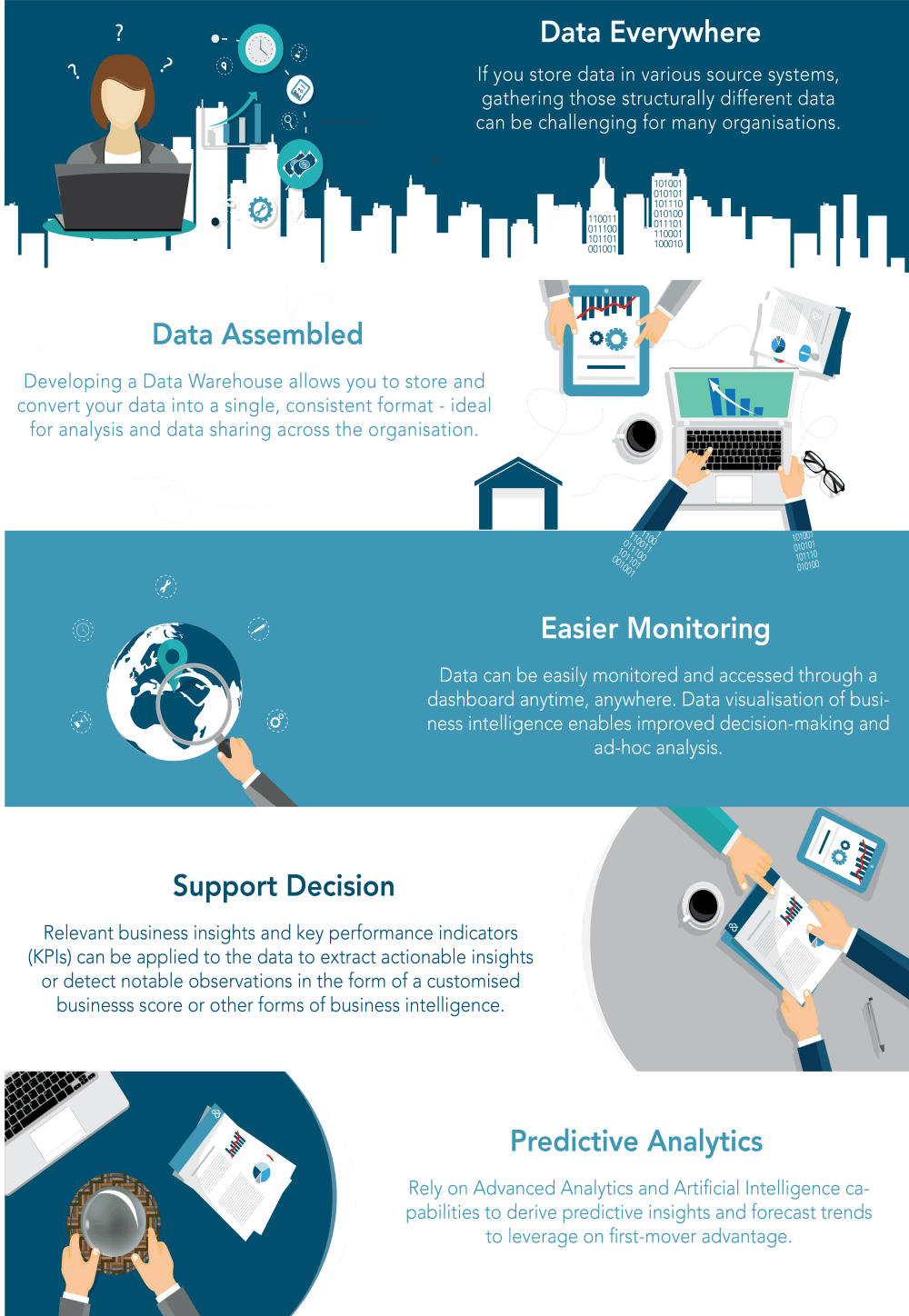Achieve Growth with
Data-Driven Best Practices
The Editors
1st October 2019
What B2B Marketers Can Do to Help Build a Successful Marketing Data Strategy
As pressure builds to achieve growth goals in the face of static budgets, today’s B2B marketer needs to maximize each program they fund. However, success begins and ends with the quality of your marketing database. Below, you will find actionable steps and best practices based on what we’ve seen work within our own organization and for many of our customers.
Improve Your Data
Looking to help improve the quality of your database? Start with a thorough cleansing, which includes:
- Standardizing the format of common data elements, such as phone, title, industry, etc.
- Replacing or appending information to incomplete or inaccurate records
- Removing duplicate contact records
- Removing records that are not your target buyer or do not influence a sale
You may also want to consider keeping a separate list of records that have bounced or have been listed as “unsubscribed,” so you can honor communication requests and avoid tainting your active lists. Manual efforts to correct these issues can be complex and time consuming, but failing to address them can result in wasted resources, ineffective spend, insufficient lead flow, and a lack of sales growth
Augment With Data from Quality Sources
Obtaining new leads is no easy task – especially if you’re restricted by having limited resources and few outlets for collecting new contacts. If you plan to purchase data from a third-party source, be sure to check that the vendor you’re considering has a clear, detailed process to help ensure and maintain quality. Yes, validated data may cost a bit more if you’re sourcing from a third party, but it can garner greater returns. Keep in mind, the vendor should be able to tell you about the quality of the data you’re purchasing and if it is compliant with the GDPR. They should also be able to offer you a guarantee of some kind regarding the quality. Filling your pipeline with new sales leads is a win for your business – but only if they are accurate and actionable.
Identify Your MVPs (Most Valuable Prospects)
Programs should be targeted directly at the people who are most likely to buy from you. Look at past purchase data or trends and identify demographic and firmographic criteria, such as titles, industries, geographies, and company size, that correlate with the accounts who buy most frequently. Make sure you can easily aggregate insights on your current ideal customers to use for look-a-like modeling. Review your data to identify where decision-makers reside, if the prospect has technologies installed that your solutions leverage or address, and what their growth trajectory and propensity to buy is.
Then, compare these records to the type of contacts and accounts you have in your database. Ideally, your database contains enough of these profiles to help you meet your goals and develop targeted programs to engage them
Append and Enrich Inbound Data Whenever Possible
By assessing the ways your company obtains data, you may be able to mitigate some quality issues while helping to improve the completeness of your data. Progressive profiling is a proven practice for gauging a prospect’s interest by getting them to engage in multiple offers while allowing you to gather new information.
Quick tip: Don’t waste progressive profiling fields on data that is easy to append from a third party at the point of initial form submission. Instead, ask questions regarding the prospect’s role in the decision-making process or what their pain points are, in order to obtain greater insights and help improve lead scoring.
Plan for Change With Automation
Data is constantly changing, and continuous data health monitoring and maintenance (AKA “data stewardship”) is critical to the success of your go-to-market strategy.
Unfortunately, manual management of data quality is not always sustainable or scalable. Therefore, you should consider an automated approach for cleaning your database. Leveraging third-party sources can remove the personnel cost of doing this internally, provide improved campaign performance, and help to keep your overall email deliverability rating high, as it helps reduce hard bounces.
Keep in mind, if your data is incomplete, you may be wasting time, effort, and budget across all stages of the marketing and sales funnel. This can lead to low conversion rates for demand generation programs, ineffective lead scoring, and a lack of personalization capabilities – to name a few. The good news is You can make progress by identifying your most significant pain point or top priority and tackling it head-on. Small, quick wins can result in big momentum and improved performance overall – and we can help!

Next Steps
Start building a business case to address data quality today with a Data Cleanse, Data Warehouse or simply leverage on our B2B-ready Data Blocks to get automated data.
Related
Connect with us
Questions or Problems? Let us help.